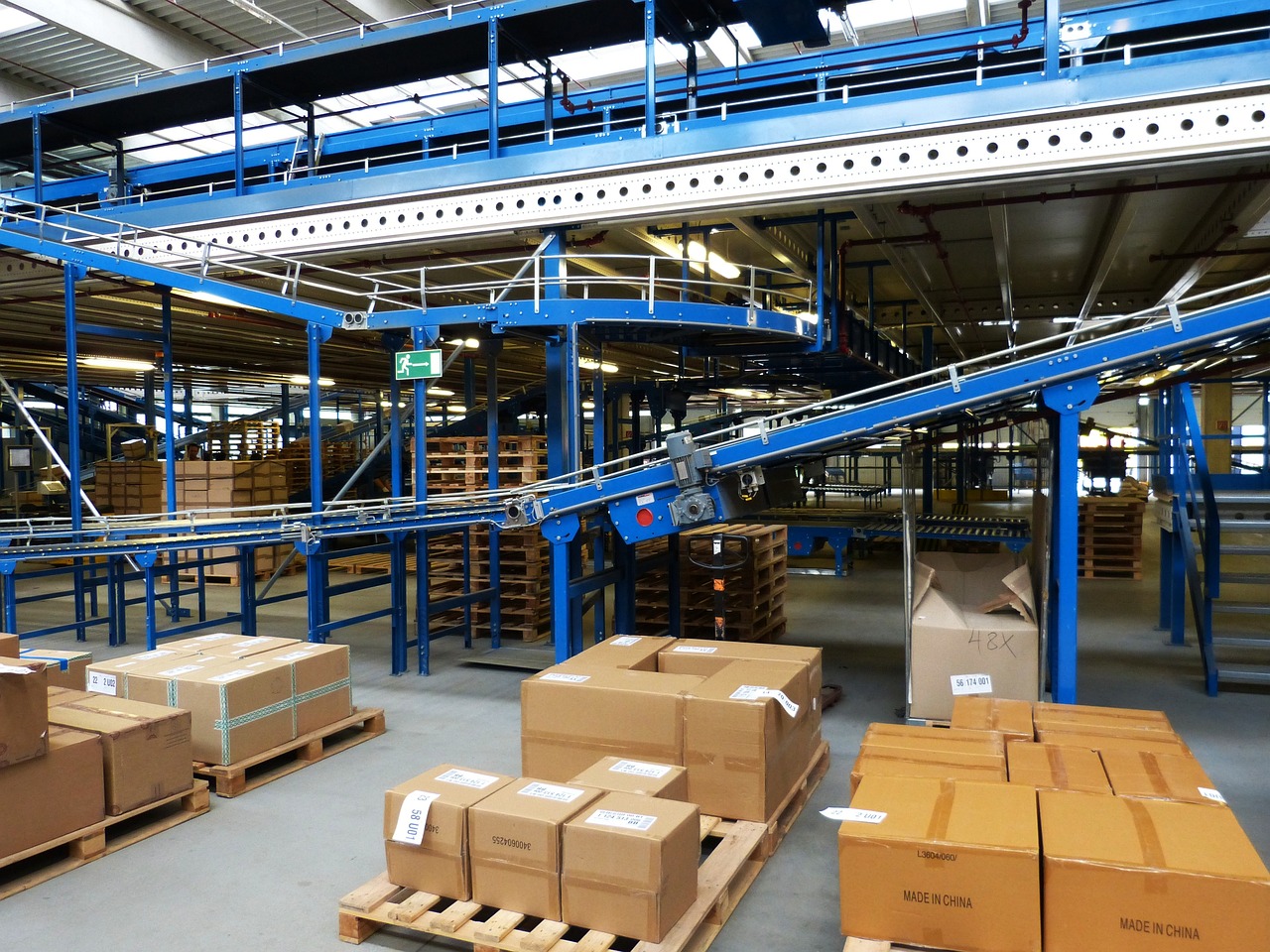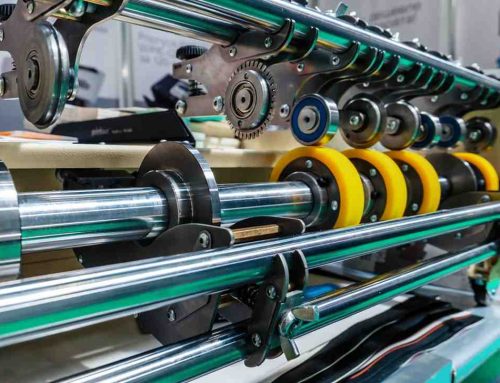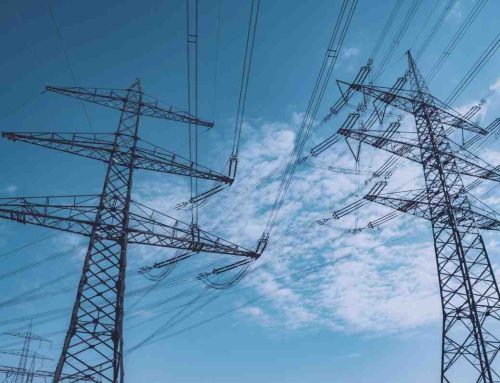Roller alignment in conveyor belts works like magic, tirelessly moving mountains of gravel–until misaligned rollers bring them shuddering to a halt. Imagine fitting a high-performance car with square wheels: it doesn’t bear thinking about. In this essential guide from rubber boffins, engineering experts, and engineering counselors, you’ll learn how to ensure your conveyor belt continues to operate seamlessly for years to come by doing just one thing right. We’ll explain:
- Why a simple adjustment can transform a reliable system into a cash-guzzling calamity.
- The multiple negative effects of rollers that aren’t running parallel with each other (including spillage, safety risks, and an all-around bad attitude from machinery).
- What we mean by ‘conveyor alignment nirvana’–and how to achieve it by thinking in line but acting tangent.
- Becoming a hero with the surprisingly straightforward art of roller alignment, complete with ninja-style tactics that will genuinely make colleagues think you have been on a course.
- The life-extending wonders of solutions provided by Tehnoguma: quite literally your conveyor belt’s best friend.
With our advice tucked securely under your arm, you will soon be able to talk to these systems in their language ensuring everything runs smoothly and profitably. So let’s not waste any more time: tighten your belt (or maybe buy one that fits properly)–and let’s get started!
Tehnoguma specializes in sealing and gasket solutions for the mining industry, food production, ergonomics technologies, roller technologies, and more for various needs and requirements. Now let’s see how you can reach the top performance by maintaining ideal roller alignment through your production facility.
Misaligned Rollers on Conveyor Belts
Think of a conveyor belt as a tightrope walker, always trying to stay balanced. If it doesn’t, there can be trouble! This is what happens when rollers are not aligned properly. They cause lots of problems by doing things like putting extra pressure on one part of the belt.
Uneven Stress and the Erosion of Efficiency
Studies from different industries have shown that belts can wear out up to 30% faster if their rollers are not aligned. The outer layers of a belt are really important because they protect what’s inside it–but misaligned rollers make these layers wear down too quickly.
Fixing damaged belts costs a lot of money, and so does looking after ones that are still OK because their rollers aren’t straight.
Quantifying the Cost of Roller Alignment
Belts vary in price depending on how big they are and what they’re made from, but even cheap ones don’t come free! In fact, according to some research done by an American group called CEMA, overall maintenance costs for belts could go up by between 30 and 40% if rollers weren’t aligned. When machines move goods along these strips of rubber stuff all day long, we want them to stay right in the middle so that nothing falls off either side: this is known as belt tracking.
The Belt Tracking Tango
If alignment is out, then so too will become position — leading to potentially disastrous consequences. Failing to align rollers correctly could have several negative effects. The belt might wear against its edges more quickly or materials could fall from its surface. Also, material that sticks to the belt as it goes over a roller (carryback) can cause extra work as well as contribute towards worn bearings and inefficient machinery overall.
Making sure all system components are parallel with one another will help combat these problems. If you do this, you should see less carryback along with longer intervals between repairs; meaning your equipment will last longer and need less maintenance–something every plant manager can appreciate! If you want a more broad approach go through our publishing on Conveyor Belt Maintenance Tips: Revamp Efficiency & Lifespan to get a more comprehensive overview of the topic or Industrial Rubber Rollers: Know their Role and Procedures and go even deeper on the procedures involved.
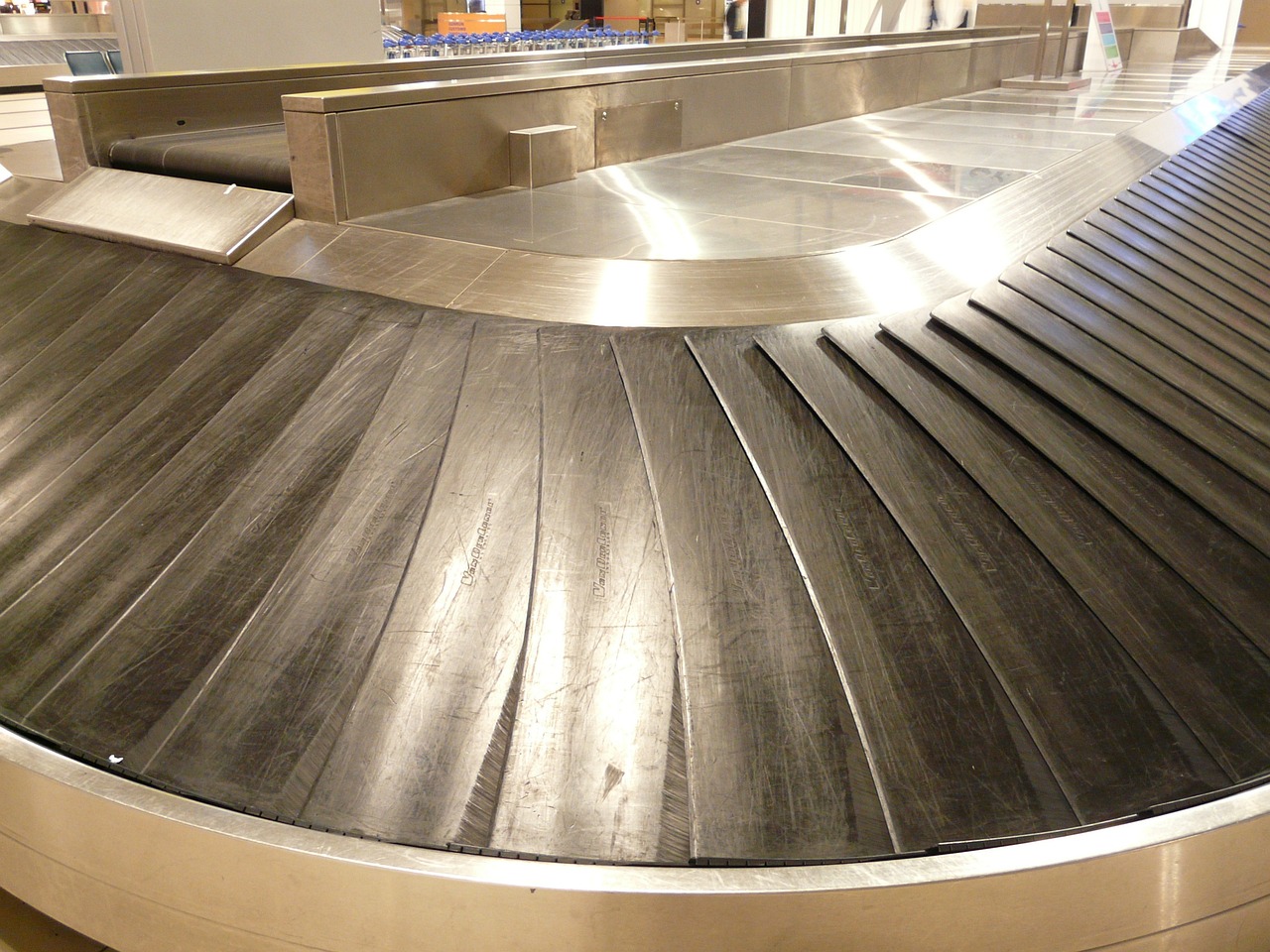
The Domino Effect–How Misalignment Starts a Chain Reaction of Problems
Imagine misaligned rollers as the first domino in a line-up: one small issue that sets off many others–and before you know it, your conveyor isn’t working safely or efficiently at all. Here we chart the problems caused by this ‘domino effect’.
- Wear on Belt Edges Rises: If rollers are out of line, belts struggle to run straight–so they rub a lot against frame edges. This extra friction makes belts fray faster here, meaning they need replacing sooner. According to some estimates, edge wear could be up to 50% higher on systems with badly aligned rollers than those where they are all straight.
- Materials May Spill–with Serious Consequences: When belts wander because idlers aren’t positioned correctly along them, materials being carried can fall off the sides. This is not just costly because of wastage; it also creates safety risks for workers plus possible environmental hazards. Depending on what’s being transported there is also greater danger of fire or explosion if stuff does land outside machinery.
- Another problem is ‘carryback’: if the material becomes trapped between…Keep an eye open! The negative effects several maintenance issues can have on your equipment may surprise you.
Preventive maintenance is important. It can help you avoid many problems with your conveyor caused by rollers that are not aligned properly. If one roller goes out of line, many other rollers will soon be out of line too! This is called the domino effect — like when you stand up a row of dominoes and push over the first one: they all fall.
A Closer Look at the Anatomy of Roller Alignment in Conveyor Systems
Just as balance is necessary for good health, so too is alignment essential for conveyor belts if they are to work well. Here we break down its key physical features:
- Round and Round with Concentric Roll: Alignment If rollers were cylindrical things turning on an axis, the belt would run smoothly across them—like a pencil rolling centrally across a desk.
- Stay Straight with Parallelism: Neither pair of rollers bordering a belt must run at an angle, as this could make the belt wear unevenly or even track offline altogether.
- Get the Right Roller(s): For the Job Rubber ones for moving stuff about; others with a trough profile for conveyors inclined upwards; a different type again if they’re forming an ‘impact bed’.
Different sorts of rollers do other jobs but all should be fitted straight and true if you want your conveyor system to last a long time with no need for too many repairs!
Roller Alignment for Dummies
Just like cars need regular tune-ups, conveyor belts also must undergo routine checks to ensure their rollers are properly aligned. Addressing problems early can extend the belt’s lifespan and improve overall performance. How can one tell if their belt needs adjustment? Here are three ways.
Visual inspection is simple–just look at it!
This won’t catch everything though so don’t rely on visuals alone. To get more hands-on use a long straight edge like a ruler; lay this against all your rollers. Alternatively, there’s laser technology available that does the job with pinpoint accuracy–but be prepared for cost outlay. Roller alignment is an important type of maintenance for conveyor belt systems, it is similar to having your car tires rotated so that they wear evenly. If you catch on early enough and fix them, then you will make the life span last longer plus perform better overall.
- You can do simple checks by eye – watch how things move or look at where wheels have left marks, etc., however, some problems might not show themselves this way, so it’s a good idea to do a more thorough check too.
- For greater precision when checking alignment there is an easy technique using a long ruler as a straightedge along which each wheel should run; any deviations from a dead-straight line indicate that there may well be an issue needing attention.
- There are high-tech systems available called lasers that do exactly what we’ve just described with maximum accuracy; the main drawback is cost — although if used frequently enough savings on labor could outweigh those initial purchase/expenditure costs in a relatively short amount of time.
Accuracy & Practicality
For accuracy and practicality, the straight-edge method strikes a nice balance—enough so that it can be used in many settings. On longer conveyors or when extra precision is necessary, laser alignment shines.
No matter which approach you use, there’s one rule you should never break: making sure things are safe. Be sure to check with the manufacturer of your conveyor system for tips on how to keep everything in line and protocols that will guarantee everyone’s well-being. These suggestions might include lockout/tag-out procedures (so equipment doesn’t start up by accident while you’re working) and advice about doing regular checks to ensure rollers are properly aligned.
By following these instructions as part of routine maintenance—which lets you find problems before they cause breakdowns—and using methods recommended here, too; then your conveyor belt will last longer.
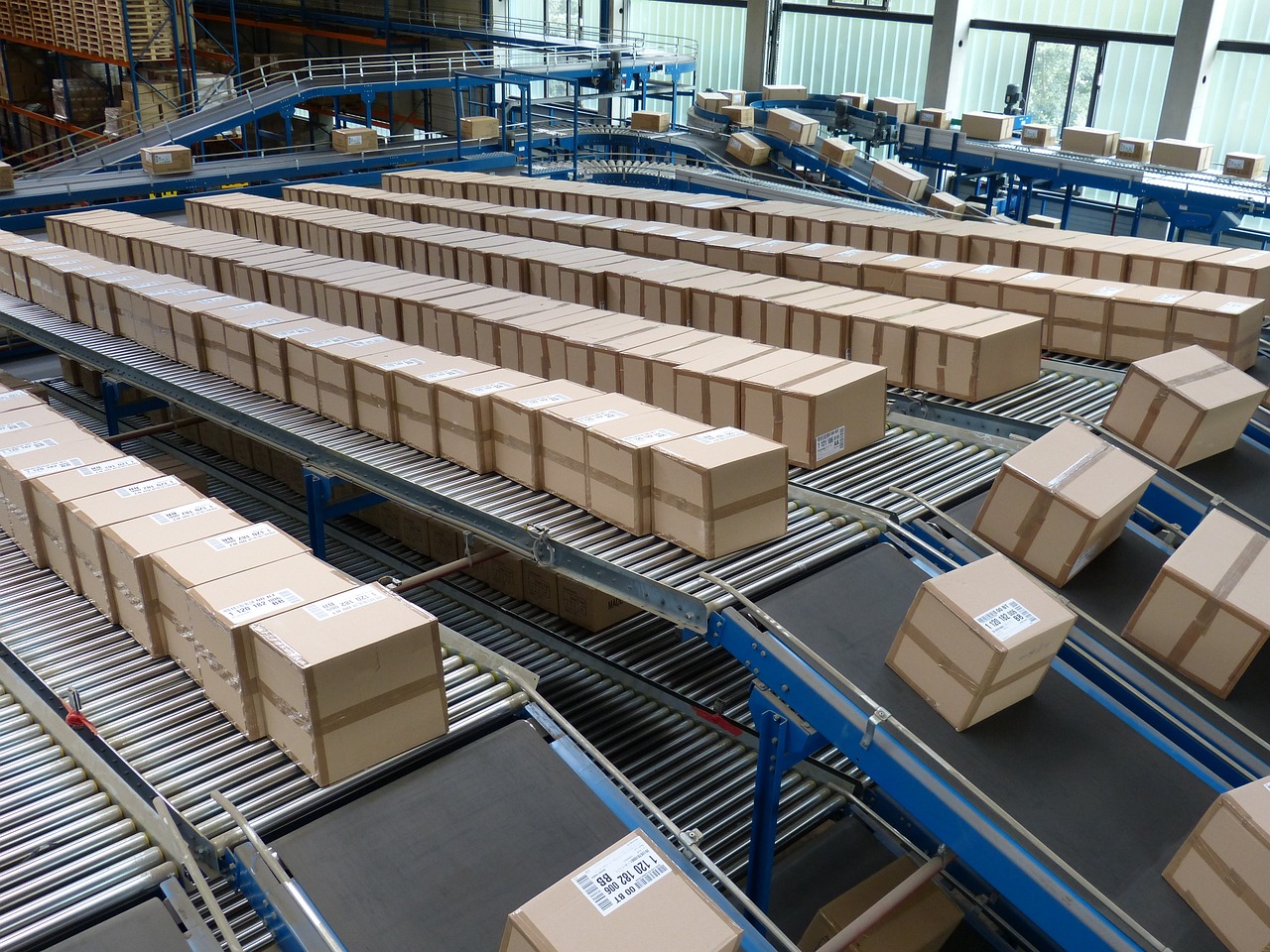
Partnering for Peak Performance: Tehnoguma Conveyor Solutions
Think of your conveyor belt as a top-performing athlete. Just as athletes require proper training and equipment, so too does your belt need quality components along with expert guidance to thrive. This is where Tehnoguma comes in–they are your one-stop shop for ensuring that your conveyor belt performs to its maximum capability. Tehnoguma specializes in providing high-quality conveyor maintenance solutions and components. When these two things are combined it creates an unbeatable formula for success:
- Durable Champions & Wear-Resistant Rollers: Tehnoguma’s rollers have been specially designed so that they last a long time; this means there will be less wear and tear on your belt which in turn can help extend its lifespan.
- Alignment like Precision Tools: If a belt isn’t running straight then its performance will be affected significantly — alignment is key. Tehnoguma offers all kinds of tools to ensure belts do run dead-straight including user-friendly straight edges right up to state-of-the-art laser systems.
- Coaching by Experts Technical Support: Tehnoguma has a team of specialists whose knowledge of all things conveyor maintenance related is second to none; by listening to their advice (especially for roller alignment best practice) it’s almost as though you’ve got experienced coaches trackside telling an athlete how best to proceed.
When you partner with Tehnoguma, you receive the necessary tools, expertise, and resources to ensure that your conveyor belt runs as efficiently as possible. This means your belt will last longer, have fewer breakdowns–and therefore lead to smoother running of operations (which is better for business).
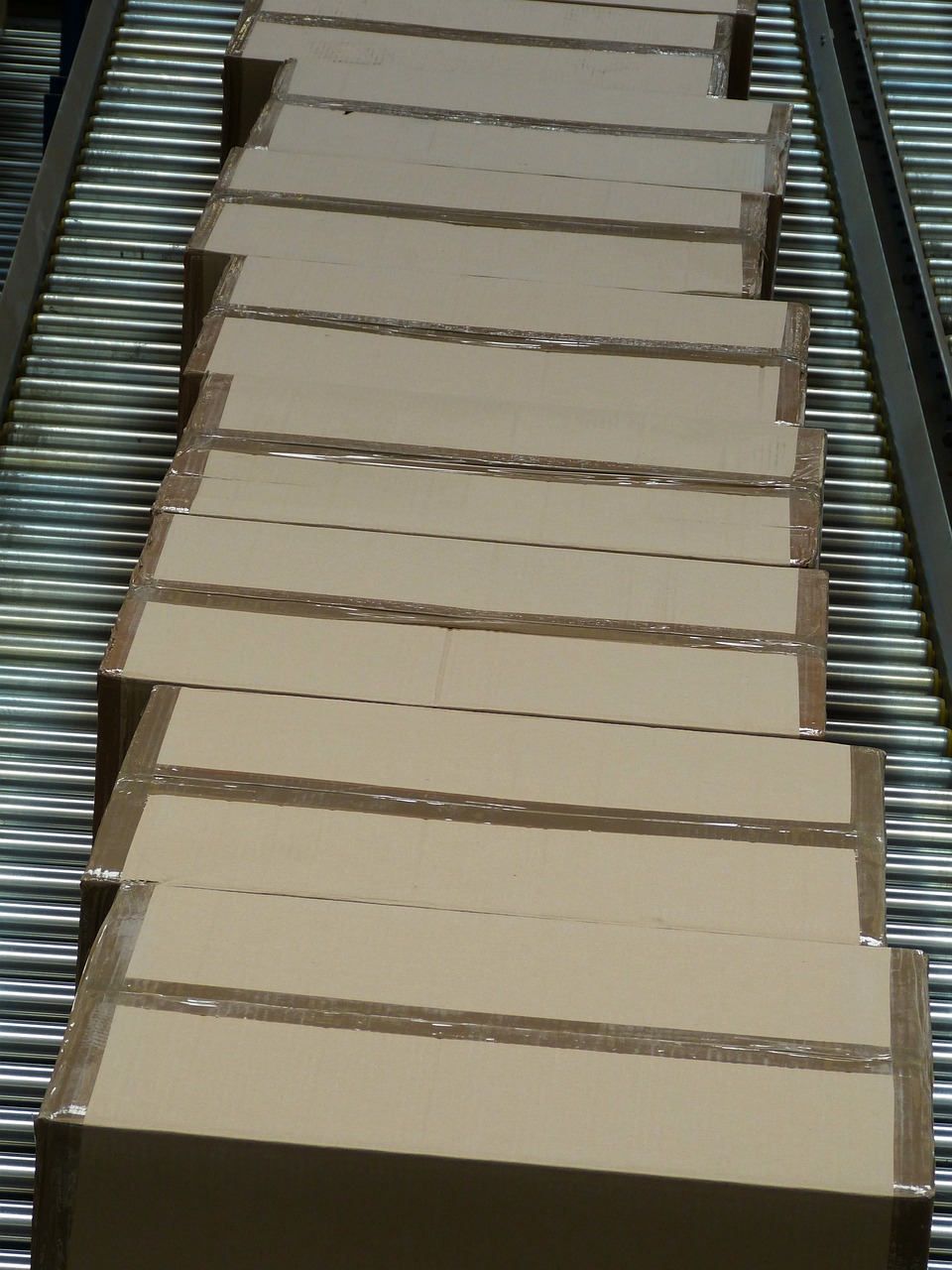
Maintaining Conveyor Belts: Going Beyond Roller Alignments
Even though aligning rollers correctly is a crucial part of maintenance, there are other things you can do to keep belts in top condition overall. Here are some tips:
- Keep it tight: Belts Need Correct Tension Think of a tightrope walker balancing perfectly as they move–this is the effect you want when belts are tensioned properly. Belts that aren’t tensioned enough will wander off track, but if they’re over-tightened this puts extra stress on them and they wear out more quickly. Using a tension meter to follow manufacturers’ guidelines will help you find the sweet spot between too loose and too tight;
- Regular cleaning is essential: Just as sports people can’t perform well if they’re dirty, conveyors don’t function efficiently when gunned up with materials either! Cleaning belts regularly removes build-ups of stuff that causes wear tracks plus issues with tracking; how often you clean depends on what materials are being carried — but options include water sprays, brushes, and scraper blades;
- Don’t overload them: Belts are designed to carry a maximum amount of goods. If you put more on than they can handle it not only wears them out quicker but also strains rollers and puts unnecessary pressure entire conveyor structure. Preventive measures like using correct equipment sizes and following recommendations about loading will keep these effects at bay.
By complementing correct roller alignment with additional techniques you develop an all-round preventive maintenance regime: one that will reduce downtime and extend lifespan belts whilst ensuring conveyors run as cost-efficiently as possible. In short, looking after your investment isn’t just common sense; it makes good business sense too!
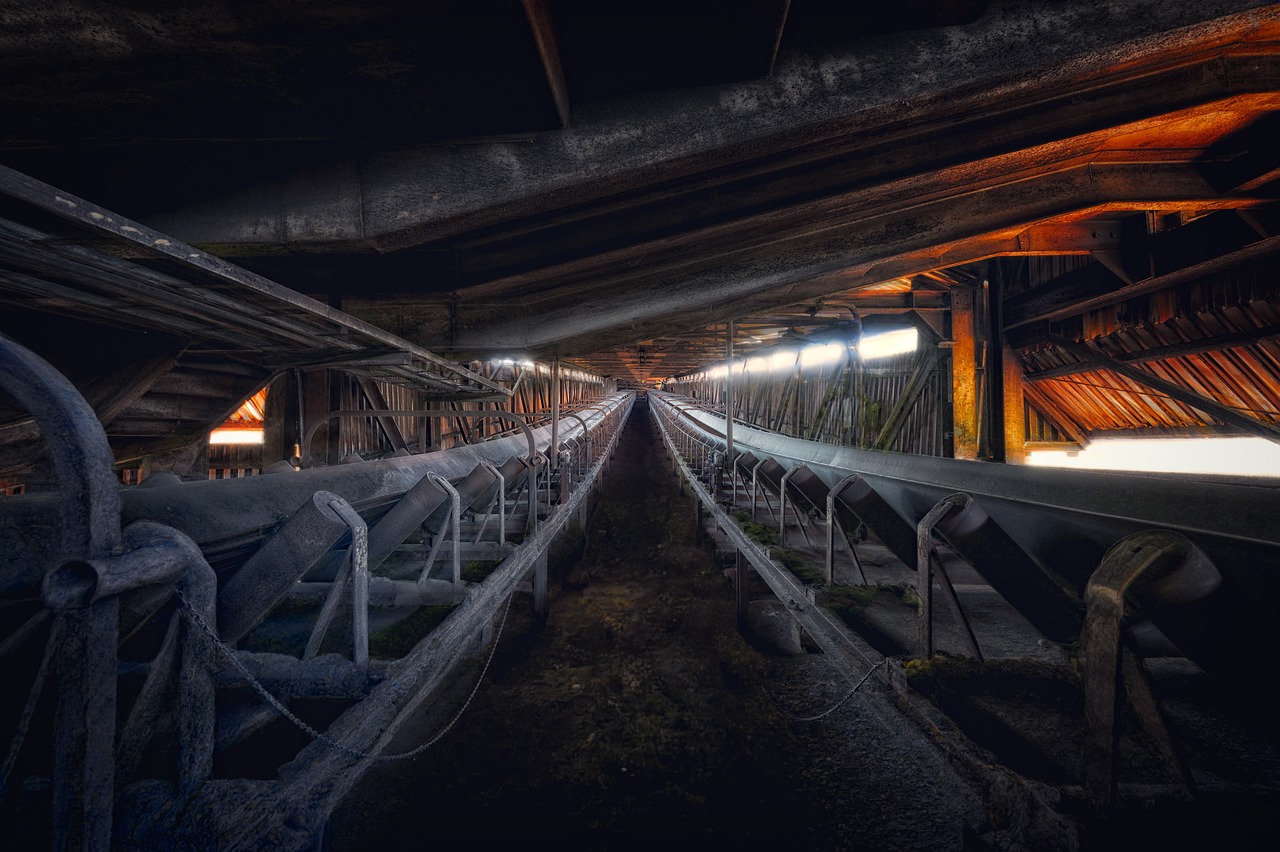
Conclusion
Your conveyor belt is effortlessly moving along, silently working hard to transport materials weighing tons. That’s the magic of making sure the roller alignments are correct and the belt is well looked after. If you make these things top priorities, you will achieve three big benefits:
- Make your conveyor system last longer (which means it will keep running well for years to come)
- Reduce downtime so its operation is smoother (and save money by avoiding costly stoppages)
- Turn it into a real materials-handling hero so valuable efficiencies can be achieved
Don’t forget: A belt conveys materials–but it also says quite a lot about your firm. Look after it properly and it will help keep operations both smooth AND profitable. Now Onwards! Make the most of those material-moving opportunities. Become a world-beater in handling stuff: one well-maintained belt at a time.
Now, we suggest you ask for a quote from our experts so you can make an informed decision and stay up to date with the latest news in the industry so you can always be ahead of your competitors.
